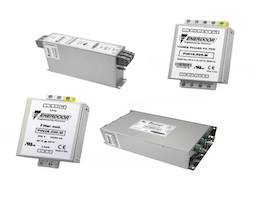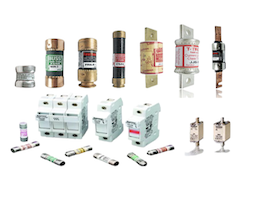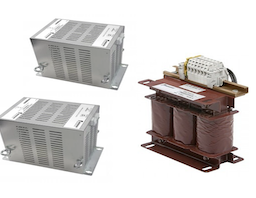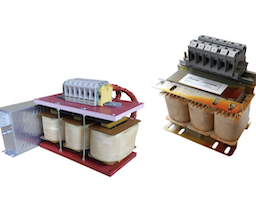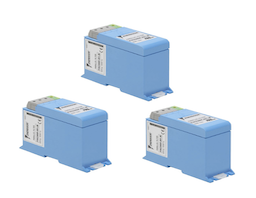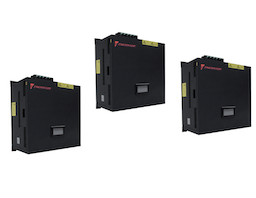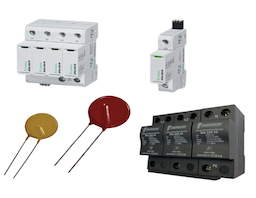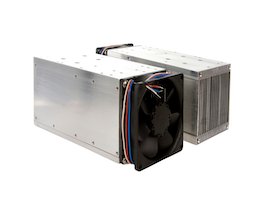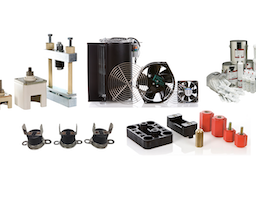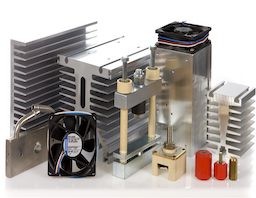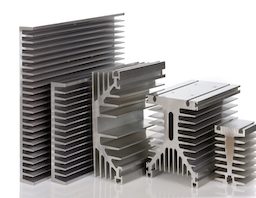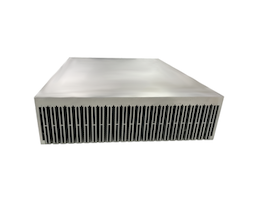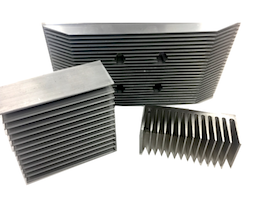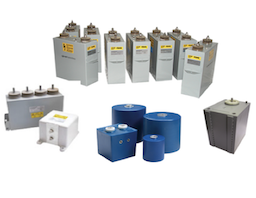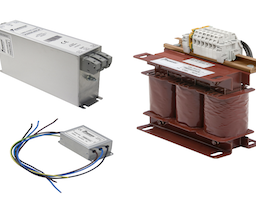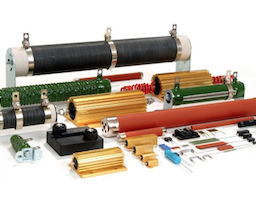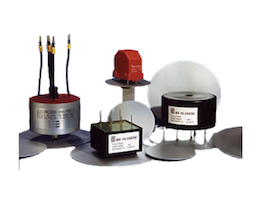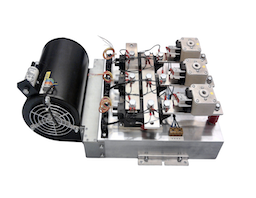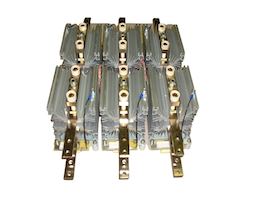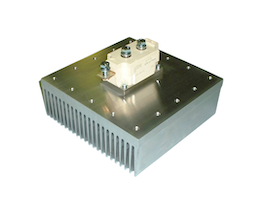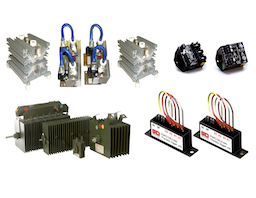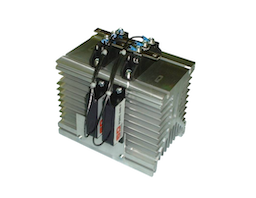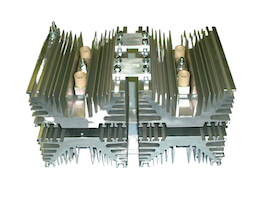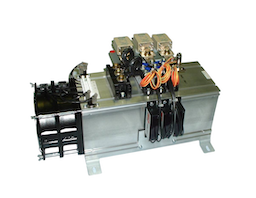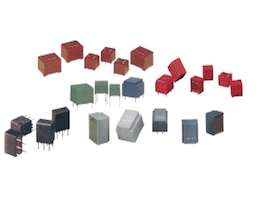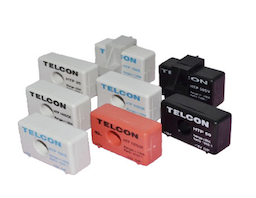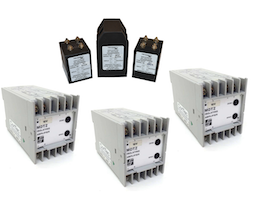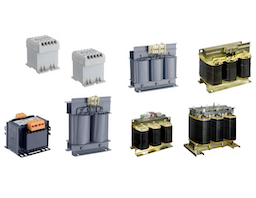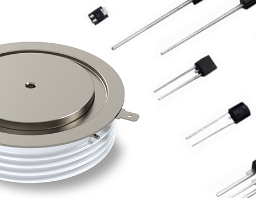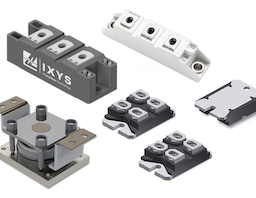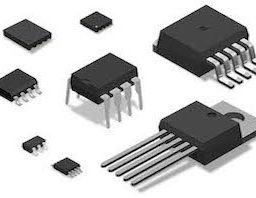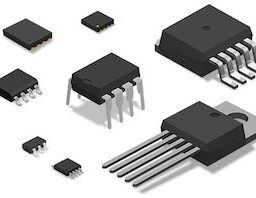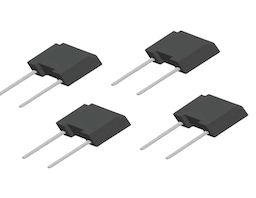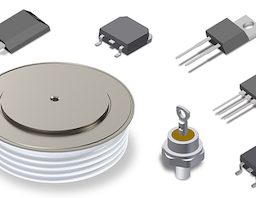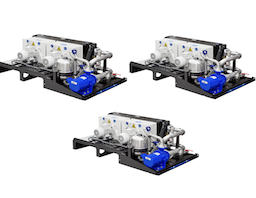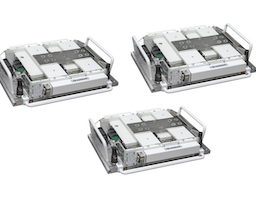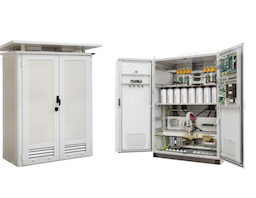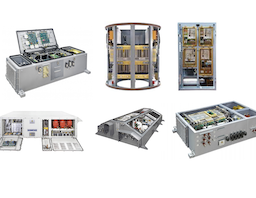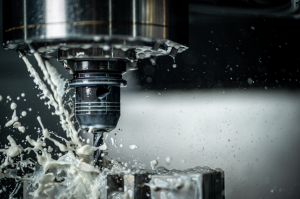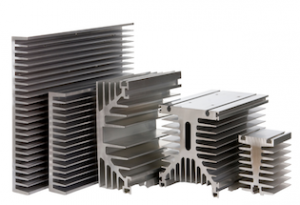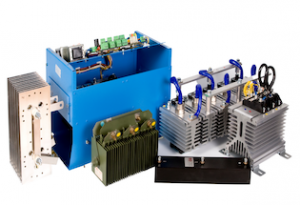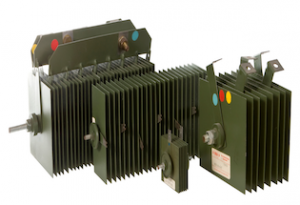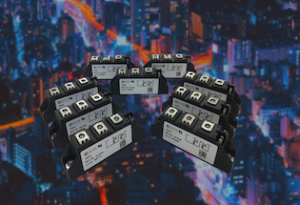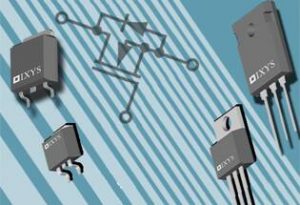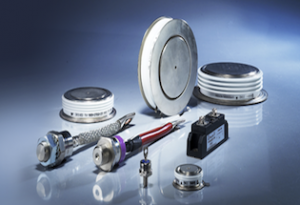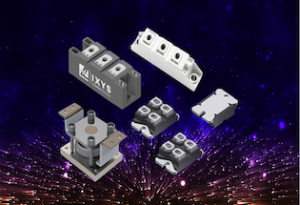15.05.2024
Save Money and Minimise Downtime with Arc Flash Relays

Arc-flash relays can be installed into new electrical gear or easily retrofitted into existing switchgear with little or no configuration. Rapidly detect an impending arc flash and send a signal to interrupt power to protect your personnel and equipment.
What is an arc flash?
An arc flash is the light produced during an arc fault; a type of electrical fault that results in the breakdown of an insulating medium between two conductors. An arc flash happens when the energy is enough to sustain an arc across the insulator which can cause extreme amounts of light and immense heat, resulting in an explosive press wave, also known as an arc blast. An arc flash, often referred to as an arc flash event, can cause catastrophic damage that can vaporise metal, destroy equipment and pose a significant hazard to anyone in the surrounding area.

What causes an arc flash?
An arc flash incident can happen when electric current flows through an air gap between conductors. Although there are several ways this can happen, the most common occurrence is when the conductor insulation is worn or broken down. Common causes of arc flash incidents include equipment failure, dropping un-insulated tools or metal parts, using incorrect instruments, loose connections and exposed live parts, live work on damaged equipment such as cables or lack of appropriate training on arc flash risks and faults.
What is an arc-flash relay?
Arc flash relays are microprocessor-based devices that provide unmatched switchgear protection. Arc flash relays use optical sensors to detect the onset of a flash and are placed in various cubicles or drawers inside the switchboard.
Engineers installing arc flash relays can quickly detect developing arc flashes which will greatly reduce the total clearing time and amount of energy released through the arcing fault. This results in less damage to equipment and nearby personnel.
Benefits of Littelfuse’s Arc-Flash Relays
- Redundant tripping path on all relays
- Interchangeable, plug-and-play fiber-optic and point light sensors with active self-monitoring
- Programmable light intensity trip level from 3k to 25k lux
- Unique transmitter and receiver system for fiber sensor
- Flexible AC and DC/battery dual power supply options
- Lower the incident energy (IE) and PPE rating of your equipment
- Fast detection in less than 1ms (applicable for selected models)
- Flexible sensor configuration for any application
- Help improve worker safety
- Most models come with a 5-year manufacturer warranty
- Huge cost-saving devices
- Minimise downtime and loss of production
Mitigating risks and ensuring personal safety
Arc flash relays are a crucial component in an electrical cabinet and should be an everyday consideration by engineers. While an arc flash relay cannot prevent an arc flash from happening, it will cut the power to the switchboard as quickly as possible, protecting critical assets, equipment and workers’ safety by reducing the severity of the flash.
Although still relatively unconsidered, arc flash relays are an integral part of arc flash protection and helps engineers minimise damage, save money, time and lives.
Safeguarding people and equipment
Arc flash relays reduce the amount of incident energy and are making switchgear safer by reducing the PPE required. In the United States (2017 US NEC, section 240.87) if a device is rated 1200A or more, companies must follow the NEC code changes and have arc flash migration in place.
In Europe, electrical companies are encouraged to have passive and active arc resistance gear, but it’s not required by the standards that govern commercial electrical systems, yet we are seeing more and more companies installing arc flash detection devices as personnel safety and equipment protection becomes paramount.
Applications
Arc flash detection is used across all applications, and commonly required in mining, industrial, automotive, water/wastewater and renewable energy applications. Application examples include:
- Solar combiner boxes and inverters
- Data centres
- Transformers and utilities
- Wind turbine transformers
- Switchgear and panels
- Motor control centres
- Generators

Key considerations for choosing arc flash relays
Some of the most important aspects to consider when choosing an arc flash relay include:
- Reaction time
- Trip reliability
- Software and ease of installation
- Sensor design and flexibility
- Avoidance of nuisance tripping
- Scalability
Extensive range of arc flash relays
GD Rectifiers has partnered with Littelfuse to offer customers an extensive range of arc flash relays and sensors. Littelfuse’s arc flash relays detect and generate a tripping pulse in less than 1 millisecond. Specialising in 4 arc flash relays (AF0025, AF0100, AF0500 and PGR-8800) and 6 sensors. Littelfuse’s arc flash detection devices offer a cost-effective solution and provide a quick response to arc faults, an essential safety element of today.
Littelfuse has made it easy to add arc flash relays to existing switchgear, the fast and easy to install devices are known as ‘plug and play’ and customers are able to retrofit the relays into existing switchgear as well as installing them into new equipment. No additional software is required, and any combination of point and fiber optic sensors can be used to provide maximum coverage.
According to OSHA, industrial arc flash events cause around 80% of electrically related incidents and fatalities among qualified electrical workers. Arc flash relays not only help prevent injuries, but they also keep equipment safe, production running and costs down.
Arc-Flash Relays Case Study
Littelfuse Arc-Flash Relay Saves Plant from Catastrophic Damage
Learn how one customer narrowly avoided nearly $1 million in damages and months of downtime by installing arc-flash relays in just 3 hours.
Read Littelfuse’s recent arc-flash case study in full here.
Littelfuse Arc-Flash Relays

AF0025
Trip time – 5 ms (typ)
Low profile design and no configuration required ideal for high volume OEM installations
AF0100
Trip time – 5 ms (typ)
Designed with focus on compact applications and simpler electrical systems
AF0500
Trip time – 1 ms
Designed with focus on extra fast protection for dual zone applications
PGR-8800
Trip time – 1 ms
Designed to provide maximum protection with additional current sensing capabilities

Did you know… if a device is over 1200A in the US they must have arc flash energy reduction system in place by law.
In recent years, the National Electrical Code (NEC) has added some requirements associated with Arc Flash.
Since 2017, the NEC has mentioned the requirement for arc energy reduction systems under article 240– Overcurrent Protection, 240.87 – Arc Energy Reduction
In the NEC 2023 (article 240.87), it states that circuit breakers rated 1200A or higher must have a fast means of clearing the arcing fault current when energised work is going to take place down-line of the circuit breaker. These methods could include zone-selective interlocking, differential relaying, energy-reducing maintenance switching, energy-reducing active arc-flash mitigation system, instantaneous trips, an instantaneous override, or an approved equivalent.
For further information on Littelfuse’s arc-flash relays or to receive a quote, please contact us on 01444 243 452 / [email protected].
